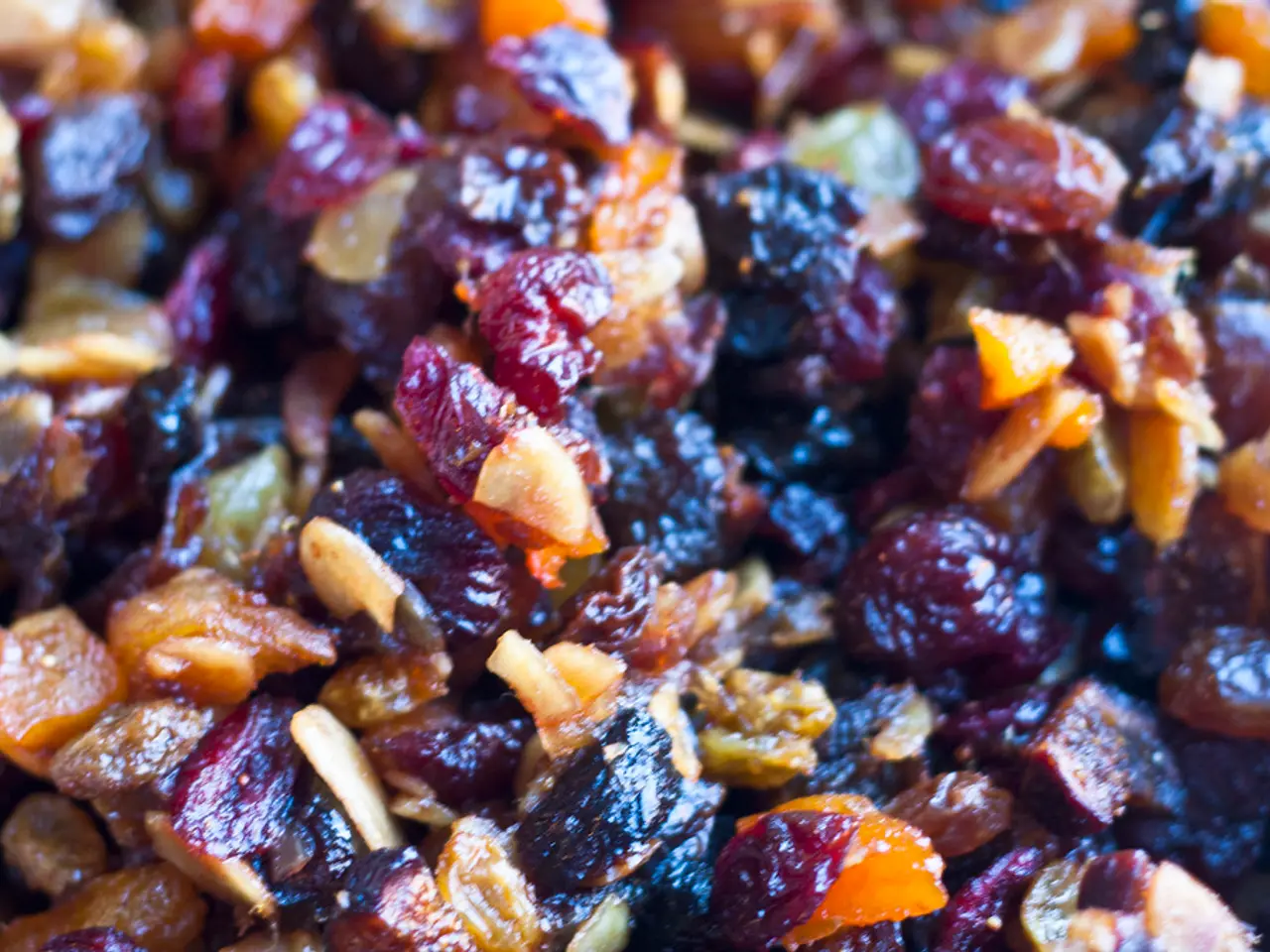Ultra-processed food refers to foods that have undergone significant industrial processing involving multiple steps, often with the use of additives, and may pose regulatory challenges for the FDA and USDA, as indicated by initial comments.
The Food and Drug Administration (FDA) and the United States Department of Agriculture (USDA) have published a Request for Information (RFI) on July 25, 2025, aiming to create a uniform federal definition of "ultra-processed foods" (UPFs). This move is part of the broader "Make America Healthy Again" initiative, which aims to address health concerns linked to UPF consumption such as obesity, cardiovascular disease, and diabetes.
The current status is that the RFI is open for public input, and no universally accepted definition of UPFs exists yet. The agencies are soliciting information across multiple dimensions, including existing classification systems, ingredient-based criteria, processing methods, nutritional and other attributes, terminology, and policy implications.
One of the systems under consideration is the NOVA system, developed by Brazilian researchers in 2009. This system classifies UPFs by ingredient types, industrial processing technologies, and packaging sophistication. However, the RFI acknowledges the limitations of the NOVA system and encourages alternative approaches that focus on health outcomes and scientific evidence.
Industry stakeholders have expressed concerns about definitions that might inadvertently classify some nutritious foods as ultra-processed, such as yogurt and whole grain products. Some have proposed the use of terms like "foods with low nutritional value" instead.
The process is ongoing, and the definition has yet to be finalized as the agencies analyze collected information and data. A uniform definition would allow for consistency in research and policy, making it easier to identify and regulate UPFs.
In the meantime, various definitions of UPFs have been proposed by researchers, nutritionists, and state legislatures. These definitions range from foods made from substances extracted from foods, derived from food constituents, or synthesized in laboratories to foods in a plastic wrapper or cardboard box with unnatural ingredients.
As the debate continues, it is clear that a consensus on the definition of UPFs is crucial in addressing the health concerns linked to their consumption. The FDA and USDA's RFI is a significant step towards achieving this consensus.
- The Request for Information (RFI) by the Food and Drug Administration (FDA) and the United States Department of Agriculture (USDA) invites input to create a uniform definition of "ultra-processed foods" (UPFs).
- The ongoing process involves the consideration of existing classification systems like the NOVA system, but also encourages Health and Wellness focused approaches that prioritize health outcomes and scientific evidence.
- Concerns have arisen within the industry, as there's a possibility that some Nutrition-rich foods like yogurt and whole grain products might be inadvertently classified as ultra-processed, leading to Education and Self-Development discussions about alternative terminology.
- General News reports suggest that the finalized definition would pave the way for consistency in Fitness and Exercise related research, policy, and Food and Drink regulations.




